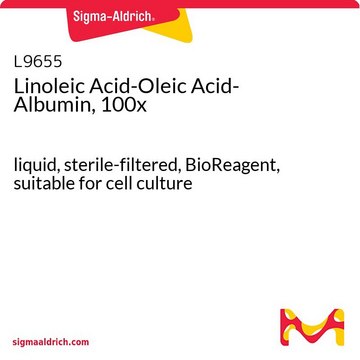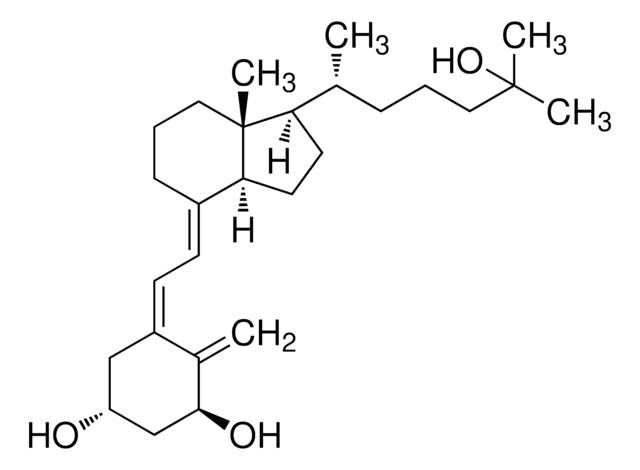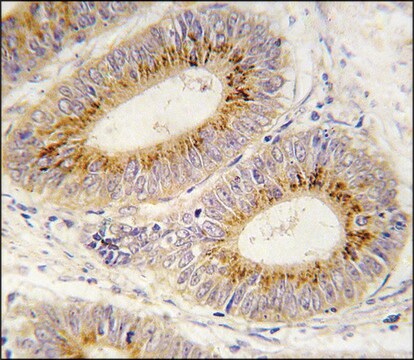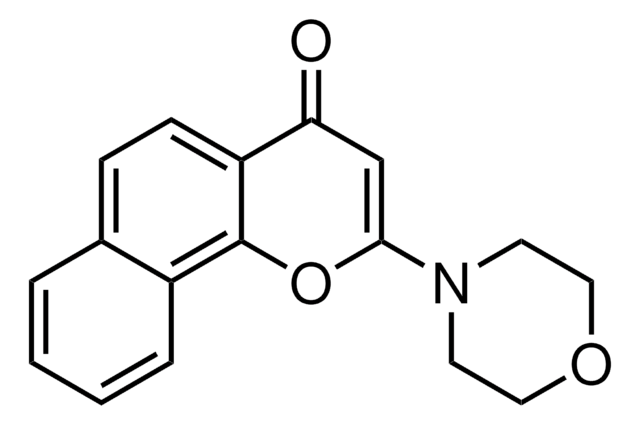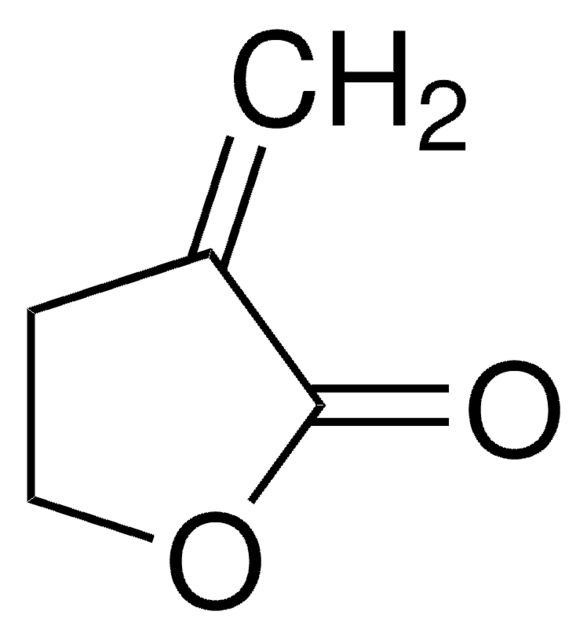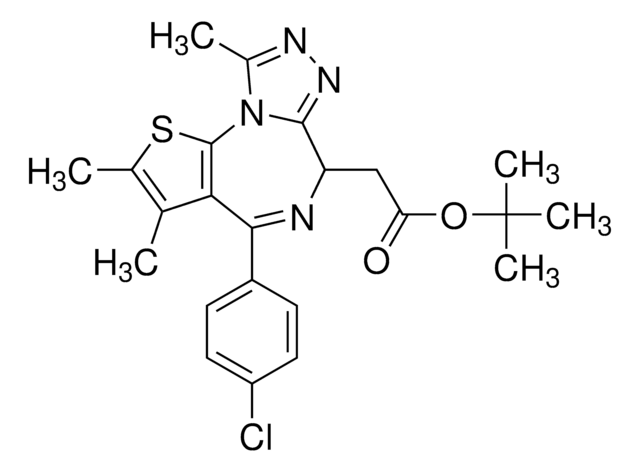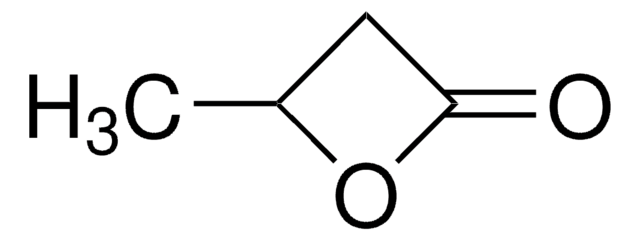M2449
MB-3
≥95% (HPLC)
Synonym(s):
γ-butyrolactone, Butyrolactone 3, (2R,3S)-rel-4-Methylene-5-oxo-2-propyltetrahydrofuran-3-carboxylic acid
About This Item
Recommended Products
Quality Level
Assay
≥95% (HPLC)
form
powder
color
white to off-white
solubility
H2O: ≥10 mg/mL
DMSO: ≥20 mg/mL
storage temp.
−20°C
SMILES string
CCC[C@H]1OC(=O)C(=C)[C@@H]1C(O)=O
InChI
1S/C9H12O4/c1-3-4-6-7(8(10)11)5(2)9(12)13-6/h6-7H,2-4H2,1H3,(H,10,11)/t6-,7+/m1/s1
InChI key
SRQUTZJZABSZRQ-RQJHMYQMSA-N
Application
- to study its effects on lamin A/C-associated pY19-Cav-2-mediated histone H3 acetylations
- to analyze its effects on the growth of Arabidopsis thaliana seedlings
- to study its effects on craniofacial chondrocyte maturation
Biochem/physiol Actions
Features and Benefits
Storage Class Code
11 - Combustible Solids
WGK
nwg
Flash Point(F)
Not applicable
Flash Point(C)
Not applicable
Certificates of Analysis (COA)
Search for Certificates of Analysis (COA) by entering the products Lot/Batch Number. Lot and Batch Numbers can be found on a product’s label following the words ‘Lot’ or ‘Batch’.
Already Own This Product?
Find documentation for the products that you have recently purchased in the Document Library.
Customers Also Viewed
Articles
Epigenetic modifications are thought to occur through two key interconnected processes—DNA methylation and the covalent modification of histones.
Our team of scientists has experience in all areas of research including Life Science, Material Science, Chemical Synthesis, Chromatography, Analytical and many others.
Contact Technical Service
